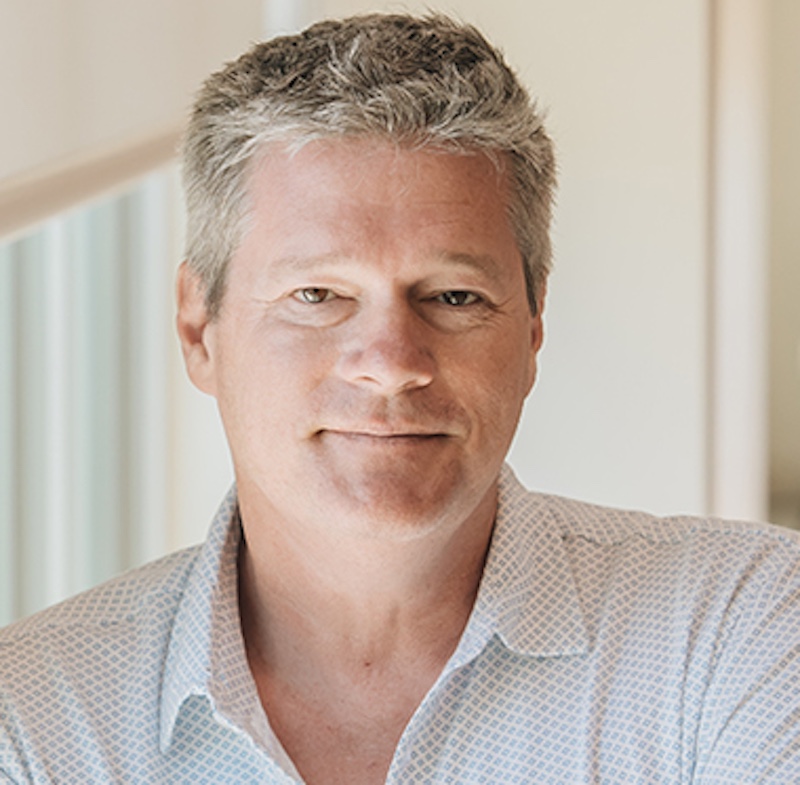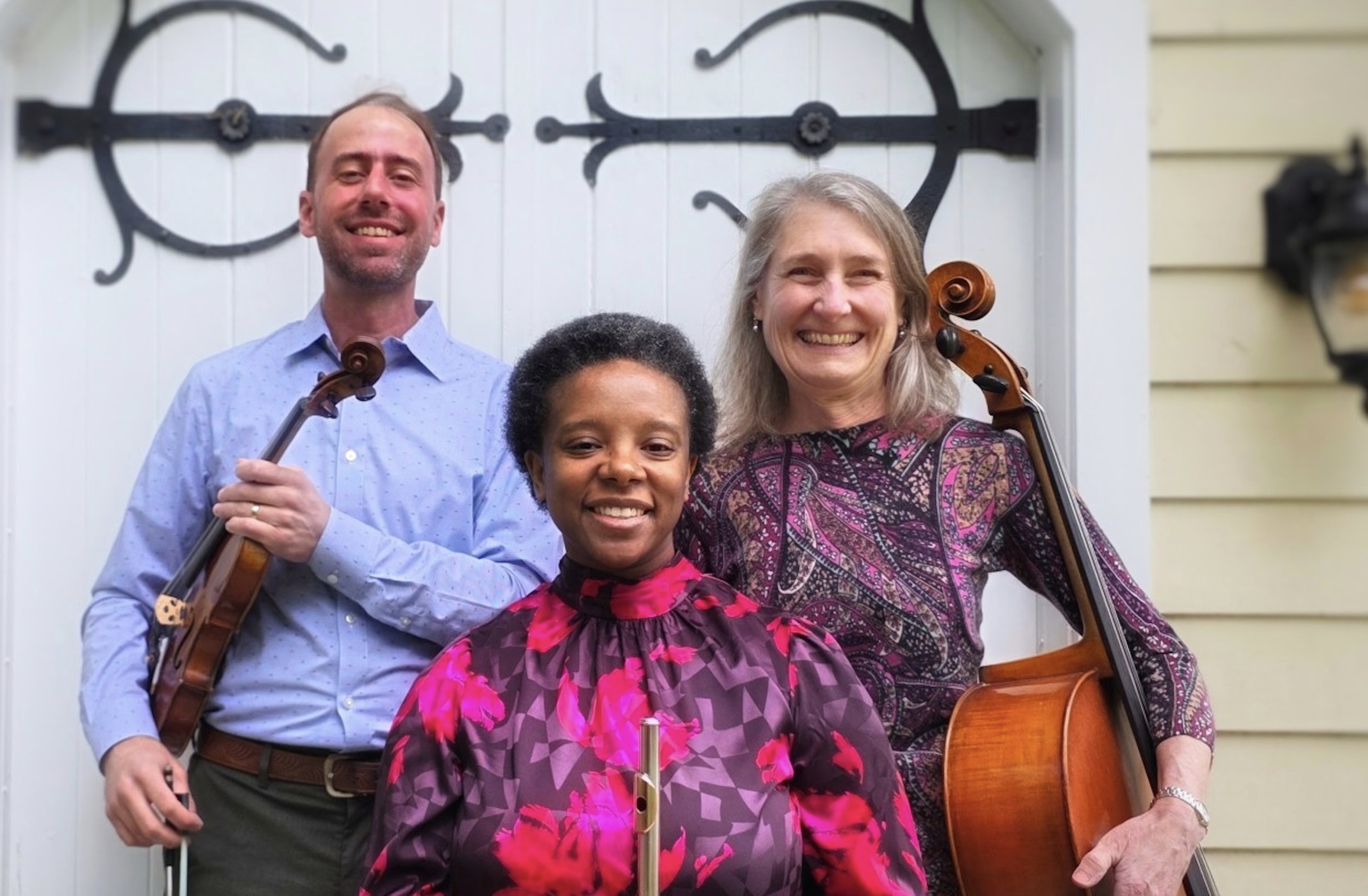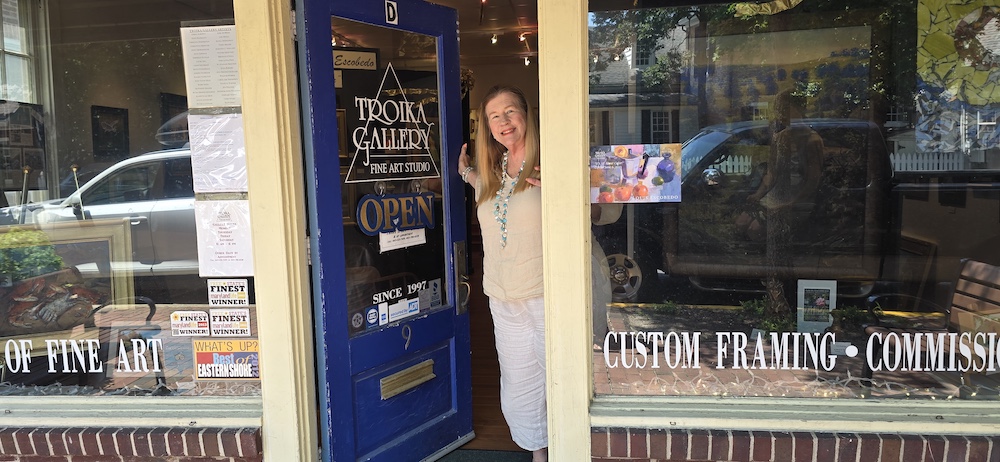This final piece in the 2025 Plein Air Easton Hall of Fame series is something a little different. It’s a love letter—but not a one-way note. It’s mutual. The artists, patrons, volunteers, and partners being honored this year had plenty to say about the Avalon Foundation staff. And as it turns out, Al Bond had just as much to say about them. So this story isn’t just about the people who’ve helped build the festival—it’s about the people who’ve built it together.
It began, as these things often do, with a conversation. Or rather, with three. First came Patricia Spitaleri and Ross Merrill, then the Troika Gallery crew, and finally, Nancy Tankersley. All of them approaching Al Bond with the same idea: Plein Air Easton. All of them saying, in essence, “This should exist here.” And Nancy, crucially, adding: “I want to help.”
Al Bond wasn’t the originator of Plein Air Easton. But he was the one who saw how to make it happen. He was, at the time, working as Easton’s Economic Development Director—and what he heard in those early pitches wasn’t just a call for another art event. He heard the building blocks of something more: a town-wide effort to create a market for artists, to grow an arts community, to bring people in.
“It was never just about highlighting the deep arts community here—it was about developing it,” Al says.
To do that, he followed a few basic rules. “The first was, anyone who brings something to the table, figure out what they want out of it, and make sure they get it. That could be a venue, visibility, funding, or just a sense of belonging.”
“The second was that the quality of everything matters. It’s not just about the art. It’s the lighting, the presentation, the materials—everything. We wanted to create an environment that showed the work as well as it possibly could.”
“And the third: make the artists happy. If they’re happy, they tell other artists, they talk to patrons, and the whole thing grows. If they’re not happy, none of the rest matters.”
Those weren’t abstract ideas. They became the framework—the bones of the festival. Its structure, its tone, even its spirit, all came out of that way of thinking.
This year’s Hall of Fame nominees are just a few of the people who helped bring those ideas to life. And when you talk to Al Bond about them, it becomes clear: every year, more chairs are added to the circle. What started as a shared idea among a handful of believers has evolved into something far greater—an event with a national reach and deep local roots.
We already knew their stories. What we wanted was Al’s view—from someone who’s been there since the beginning.
Let’s start with Diane DuBois Mullaly, who is the kind of person that Al calls “the ghost in the machine”—one of the volunteers whose steady contributions power the whole engine. She helped organize the very first Quick Draw. “Diane’s been a volunteer, steady and true, from the very beginning,” he says. “And she’s also a really accomplished artist who’s grown with the festival. She’s been both a contributor and a beneficiary.”
Mary and Hall Kellogg didn’t just organize a paint-out on Tilghman Island. They helped everyone else understand why it mattered. It wasn’t just about pretty boats and sunsets, but a disappearing way of life. “They understood how incredibly ephemeral and precarious it all is,” Al says. “They identified the vanishing landscapes before anyone else did—not just the working waterfront, but the farms, the barns, the cultural touch points that make this place what it is.”
The Working Artists Forum was there from the beginning. “At the time, the arts community here was really decentralized,” Al recalls. “There were factions. It took a lot of conversation to get everyone to agree on a shared project. WAF was one of the groups that helped make that happen.” From the start, they insisted local artists have a place in the festival. “They made all the rules, created the gallery space, and did everything to make Local Color a high-quality show. Our role was to reduce barriers.”
Hali and Scott Asplundh didn’t just support Plein Air Easton with their dollars. They supported it with their presence. “They used the event as a gathering point for their whole family,” Al says. “They led by example. And because of them, we have patrons from outside the region who come back year after year.”
And then there was David Grafton. An artist with a national reputation and a small Dover Street gallery where he “held court.” He was a participant, yes, but more than that, he created community. “David brought artists into the fold,” Al remembers. “He helped create the sense that this wasn’t just a competition. It was a professional gathering. A place to talk about the business of being a working artist.”
Troika Gallery, too, was there at the start. They weren’t just idea people; they were solution people. “They came up with those X-shaped panel structures using matte bathroom dividers.” It’s a story that still makes him smile. “We weren’t allowed to touch the walls at the Academy, and Troika found a workaround that looked great and didn’t cost much.”
It was also Troika’s connection to Dan Weiss, then President of the Met, that brought national recognition. “We didn’t know who he was at first,” Al said. “But Troika did. That relationship helped raise the profile of the whole event.”
Al talks about all of them with a kind of grounded admiration. He doesn’t mythologize. He remembers those bathroom dividers. He remembers the small rooms, the early budgets, and the conversations where it could have all gone sideways. And he remembers that it didn’t. Because people showed up. They had good ideas, and he was willing to listen.
He’s quick to point out that the Avalon Foundation’s role wasn’t to own the event, but to support it. “Our approach has always been: if you’ve got something you want to bring to Plein Air Easton, it’s on you to bring it. But if you bring it, we will promote it.”
If you talk to the honorees, they’ll mention the Avalon staff, unprompted. Again and again. They speak of kindness, organization, creativity, and respect. Of how the Avalon Foundation didn’t just provide infrastructure, but an atmosphere. “What we needed was a team that understood event production,” Al says. “The artists already knew about fine art. We knew how to throw a good party.”
It’s no accident that the largest, most respected plein air festival in the country sprang up not in a major city, but in Easton, Maryland. That comes from people like Diane, Marion, Hall, David, Hali, Scott, the members of WAF, Laura, and the gallery owners who thought a little town could handle a big idea. It comes from artists who keep showing up. And it comes from an organization that knew how to make sure that the art—and the artists—shine.
So here, at the end of this year’s Hall of Fame series, it feels only right to close the circle. To recognize not just those whose names are going on the wall, but the people behind the scenes who helped build it. The Avalon Foundation, with Al Bond at the helm, has spent more than two decades not just running an event, but nurturing a community.
“It’s been great to reflect a little,” Al says. “Mostly, we don’t sit around and talk about the good old days. We talk about what’s next. But it’s been nice to look back, too.”
This final piece isn’t just about recognition. It’s about gratitude. A love letter, from both sides of the canvas.









